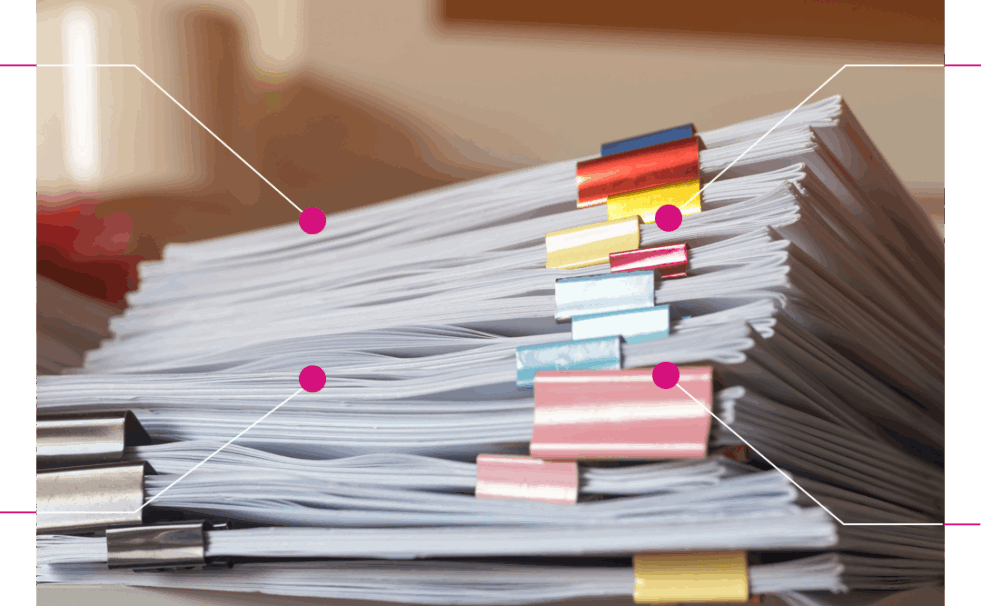Why prepare a preliminary file?
Even while your focus at this stage is on content and structure, actual wording is also very important and should be chosen to reflect the interests and needs of the intended recipient of the report.
The way you write your report should be different from the way you wrote your case analysis and your in-class notes. Your data must be organized logically to permit readers to understand each section of your report based on the preceding sections. This means the sections of your report are interdependent and must flow logically and progressively from one to the next. New topics should never be raised in a later section. Each new idea must be introduced early so it can be discussed in detail in the main body of the report.




